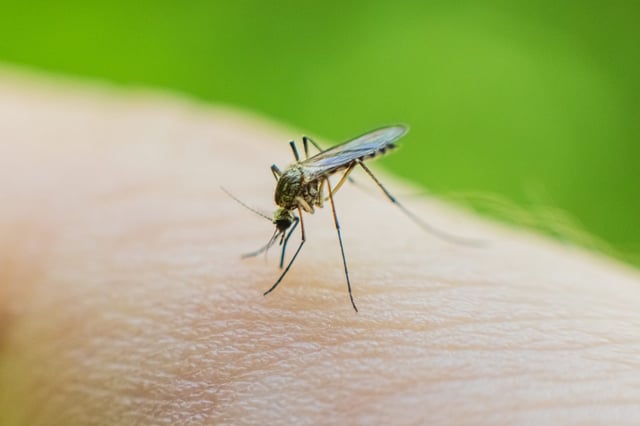Overview
- A UCSF-led systematic review spanning more than 25 years and about 1.7 million mosquitoes reports an average 56% reduction in bites for the repellent class.
- WHO issued an August 13 recommendation recognizing spatial emanators as the first new vector-control product class in over four decades, enabling donor subsidies for Mosquito Shield and Guardian.
- Three products are already in production: BiteBarrier provides up to 21 days of coverage, Mosquito Shield about 30 days, and Guardian up to one year, with BiteBarrier the first sold in the United States.
- The devices work day and night without electricity or heating, offering a practical option where bed nets, coils, and topical repellents leave gaps in protection.
- The study appears August 26 in eBioMedicine with NIAID funding, and the authors note NIH is not accepting new applications for follow-on research that relies on foreign subawards.
